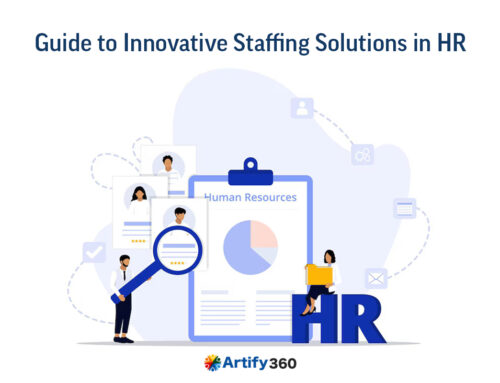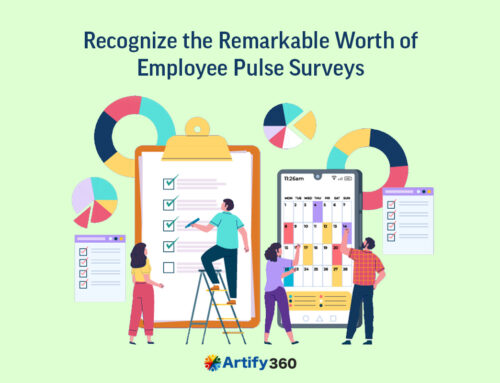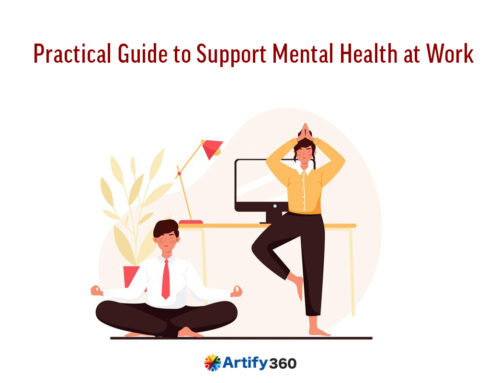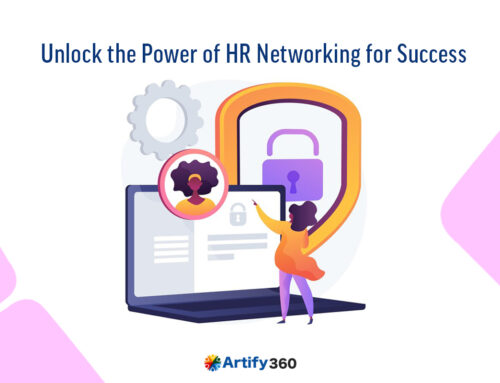Organizations in the UAE are constantly looking for ways to rise in terms of business and technology. There is also an excellent option for company resources to consider developing a marketplace strategy focused exclusively on the Middle East brands. It will be an absolute delight if businesses can leverage HR domain works under the same limelight.
In the HR category, HRMS solutions and service software platforms play an essential role in building up firms in the UAE market. This brief deals with an overview of the outstanding role of UAE companies with a pragmatic approach toward HRMS.
The Practical Applications of HR Operations in The UAE
Understanding and redefining the practical applications of HR solutions for the UAE area is a relatively easy task. The prior condition to note here is that technological advances in the niche should correspond actively with the existing organizational objectives.
- All major cities in the UAE perform an incredible role in promoting SaaS-based projects and companies. HR management is vibrant and dynamic in all core industries like healthcare, retail, finance, construction, education, Government services, etc.
- UAE does not make any compromises on the topic of compliance standards and safety regulations. With an active HR service in place, it is easy to address the whole concern without fail.
- Though regional differences may give rise to issues in some aspects of HR implementation, operations teams can easily administer and manage all the core basic human resource features.
- The compound annual growth rate of HR execution in companies is trending at higher rates. It will lead to further marketplace expansion and newer progress trajectories for the industrial applications of companies adopting the technology.
- Legal updates are consistently being considered while managing the HR prospects. Operational frameworks are generated and executed with the relevant organizational topics in question.
- UAE organizations are subject to different tiers, working principles, and digital transformation realities. All these can be effectively managed with the support of full-fledged HRMS solutions.
- The documentation feature in HR software is effective in framing a predictive analytics model. It can also help develop new technologies to act as reference or template models for various work scenarios.
- Personable relations can boost the market positioning of organizational solutions. This personalized touch can be ensured with the assistance of HR solutions.
- Practical analysis and forecasting of almost all business domains can be easily done with the help of HR technology. It will create the route to open up more exclusive innovation models as part of your business.
What Drives HR Operation’s Success in Recent Times?
If you look at the recent updates from the UAE domain, what promotes the successful implementation of HRMS to its optimum range can be determined well with the support of some pointers.
- If you note the list of significant changes in recent times, HR software has helped companies in the UAE compete effectively with their counterparts in other developed economies.
- Even if you look at market positioning among competitors from the same market, the businesses that adopt HR experience an edge over other entities or company units lacking the same.
- HR solutions are a predominant and trend-setting growth influencer when you check the list of tools or platforms that cover the business growth of organizations.
- Major business organizations are experiencing digital transformation at exponential rates because of employing excellent automation solutions in the HR and operations niche.
- With the aid of HR services, numerous operations and task activities can be authoritatively done without compromising the effect of the company’s vision, mission, or core values.
- It monitors and presides over the entire workforce management in organizations. The advantage of this HR feature is that you can tentatively build on workforce division and total workflow management.
- According to the UAE business news, HR solutions convey direct improvement in the profit management and revenue-sharing terms of an organization. It is continuously helping many companies in the present times.
How can The UAE Leverage Upgraded HR Solutions?
New and pompous upgrades are being generated as part of the HR solution process that forms an outline for companies operating in the UAE. It is up to the organizations and their working units to fully leverage the entire process according to conditions that match their requirements.
UAE can make use of impactful HR solutions with the help of the below conditions.
- Experience-based HR operations should be promoted by the companies. It is relevant because your HR domain will be better equipped to face challenges and tackle problems.
- The assets related to the building of digital transformation techniques can be easily managed with the assistance of HR implementation.
- The workforce management process is a tedious task without HR software’s capable support. You can feasibly supervise these actions with capacity support from a dedicated, automated solution.
- Digital software is the ideal solution to get the better of both worlds in organizations collectively working to obtain innovation/technology expertise and human capital resource management in top gear.
- Adopt an outline showcasing the exclusive integration of the HR platform with other automation solutions. These interactive platform-based models are necessary for dealing with HR automation solutions and their connection with all organizational operations.
- Rather than focusing on the benefits of the HR portal to an organization’s core values, UAE business companies should concentrate on framing the HRMS system that suits the adaptability of business growth in organizations.
- Employees should be consistently placed on a pedestal to boost productivity and increase their sense of belonging in the firm. It directly contributes to building the credibility of operations in the organization.
Identifying Where Artify 360 Stands in Creating A Streamlined HR Process
For delivering and managing operations solutions and processes in the organization, companies in the UAE need to focus on creating and delivering authentic HR software systems. It is where the substantial platform called Artify 360 cloud HR Software comes into play. Artify 360 HR payroll software is a proven software service suite in the case of UAE businesses, driving home the core HR ideas with a rather easy process-oriented formula.






